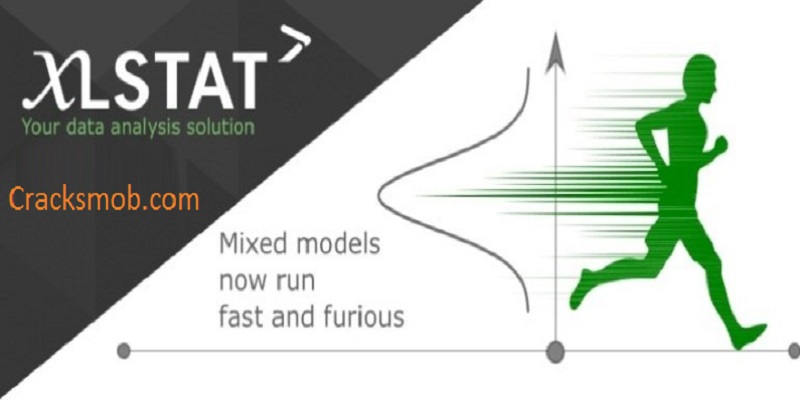

Xlstat Cluster Analysis Free DIY Market
For example, in the table below there are 18 objects, and there are two clustering variables, x, and y. These quantitative characteristics are called clustering variables. There.SEGMENT YOUR DATA WITH A CLUSTERING ANALYSIS Step 1: Identify the variables you want to use for your segmentation (only quantitative variables) Step 2: Go on XLSTAT, select Analysis Data / Agglomerative hierarchical clustering (AHC) Step 3: Select your segmentation variables under the observations variables table And select consumer IDs under row labels Step 4: In the Options tab, K-means cluster analysis is performed on a table of raw data, where each row represents an object and the columns represent quantitative characteristics of the objects. What is cluster analysis Cluster analysis methods allow assembling objects (observations or individuals) in classes (clusters) in such a way that objects belonging to the same class are more similar to one another than to objects belonging to other classes.Download your Free DIY Market Segmentation eBook The required data for k-means cluster analysisI usually conduct preference mappings, PCA, cluster analysis, ANOVAs (with all post hoc options), Penalty Analysis, Qui-square, and Panel Check analysis.
In clustering or cluster analysis in R, we attempt to group objects with similar traits and features together, such that a larger set of Step 1: Specify the number of clusters ( k). Clustering is one of the most popular and commonly used classification techniques used in machine learning. For example, in market segmentation, where k-means is used to find groups of consumers with similar needs, each object is a person and each variable is commonly a rating of how important various things are to consumers (e.g., quality, price, customer service, convenience).Cluster Analysis in R.
The objects have been randomly assigned to the two clusters ( k = 2), where one cluster is shown with filled dots and the other with unfilled dots.Step 3: Compute cluster means. The 18 objects have been represented by dots on a scatterplot, as seen in the diagram below, where x is shown by the horizontal position of each object and y by the vertical. The most straightforward approach is to randomly assign objects to clusters, but there are many other approaches (e.g., using hierarchical clustering). Traditionally researchers will conduct k-means multiple times, exploring different numbers of clusters (e.g., from 2 through 10).Step 2: Allocate objects to clusters.
Similarly, the white cross is in the middle of the white dots. Or, stated slightly differently: the filled cross is in the middle of the black dots. These two means are represented by the filled cross. In the plot below, the average value of the filled dots for the variable represented by the horizontal position (x) of the dots is around 15 for the variable on the vertical dimension, it is around twelve.

Other outputs include plots and diagnostics designed to assess how much variation exists within and between clusters. The table of means produced from examining the data is shown below:A second output shows which object has been classified into which cluster, as shown below. Perhaps the most popular of these moves objects to a cluster one at a time, updating the mean each time.Download your Free DIY Market Segmentation eBook The outputs from k-means cluster analysisThe main output from k-means cluster analysis is a table showing the mean values of each cluster on the clustering variables.


 0 kommentar(er)
0 kommentar(er)
